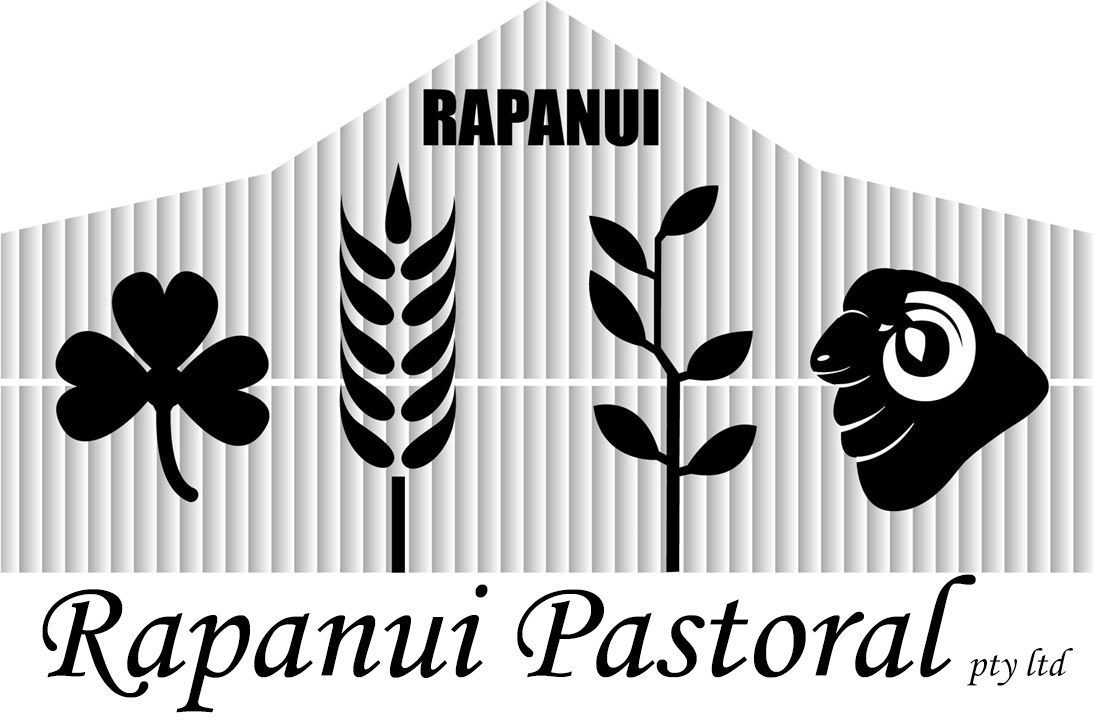About Us
Rapanui is a mixed cropping and sheep farm in Williams, Western Australia. We produce wheat, barley, canola, oats and wool for the domestic and international markets. For more than 50 years Rapanui has been committed to using science driven, sustainable practices to ensure farm productivity today and into the future.
Rapanui remains a family owned and operated business. We pride ourselves on being good stewards for all our resources. Soil health, water management and conservation are of the utmost importance to us. Everything we do is for the next generation and contributing to their sustainability and success.
We are a community with many hands coming together to help one another to achieve our goals. We value our employees and their families and living and working alongside each other in a rural setting is unique and special. For permanent staff personal and skills development is part of our business and we present opportunities for training in different areas for example mechanical, safety, vehicle licensing, welding, stock work & management.
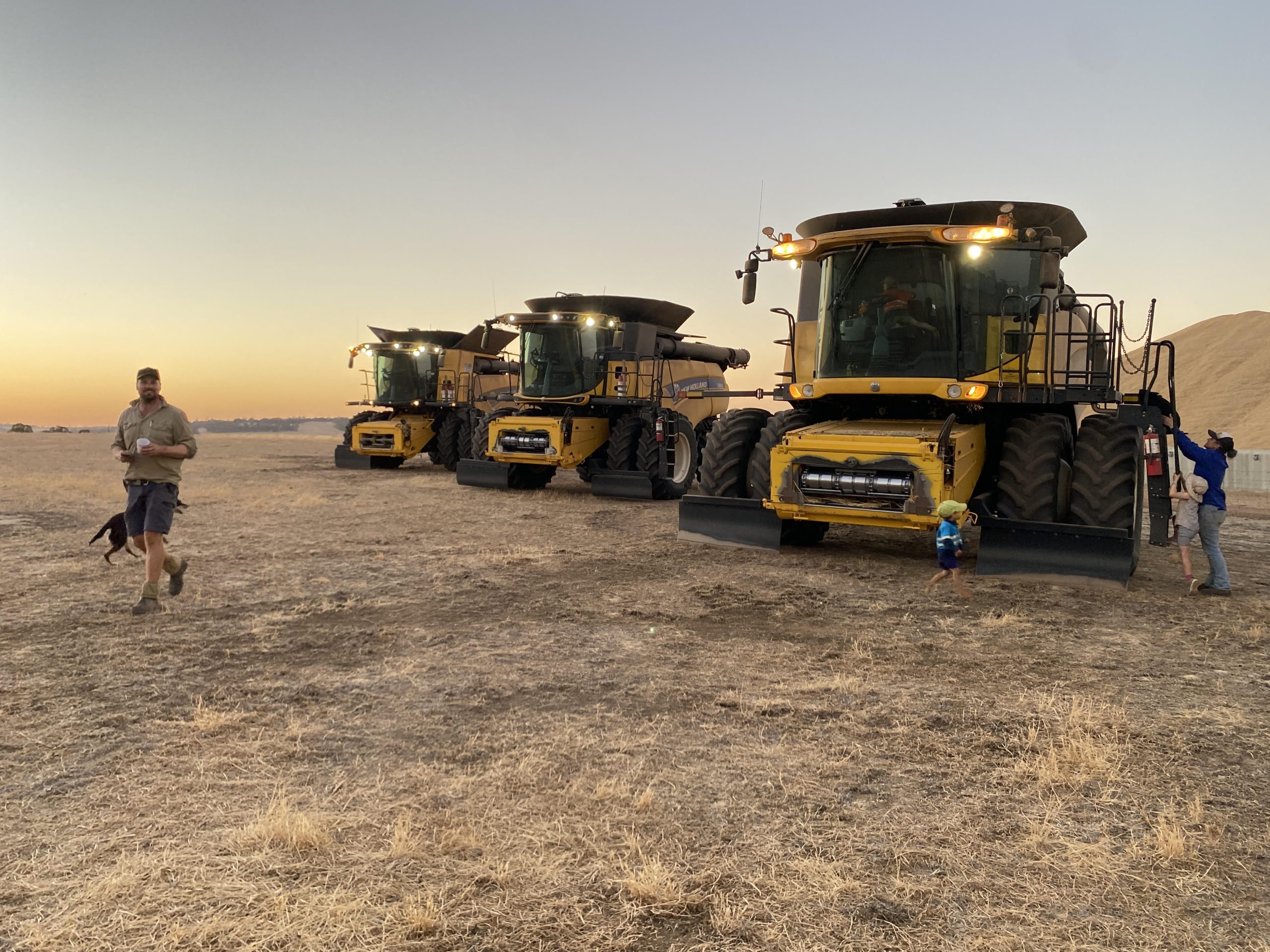
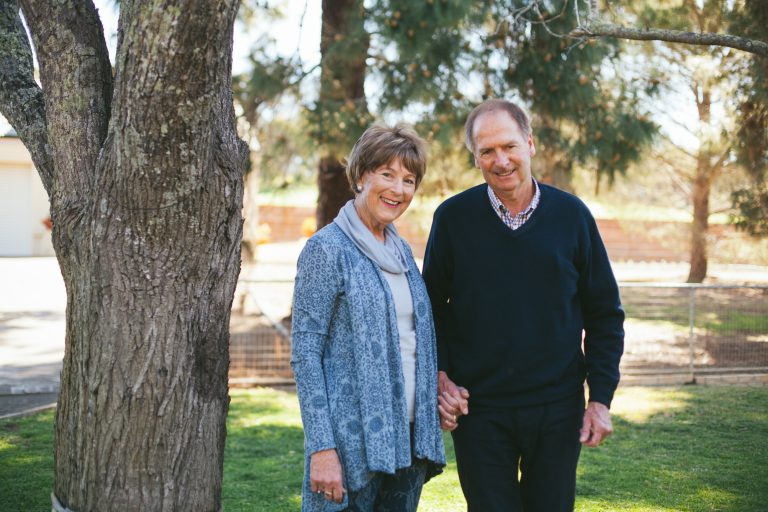
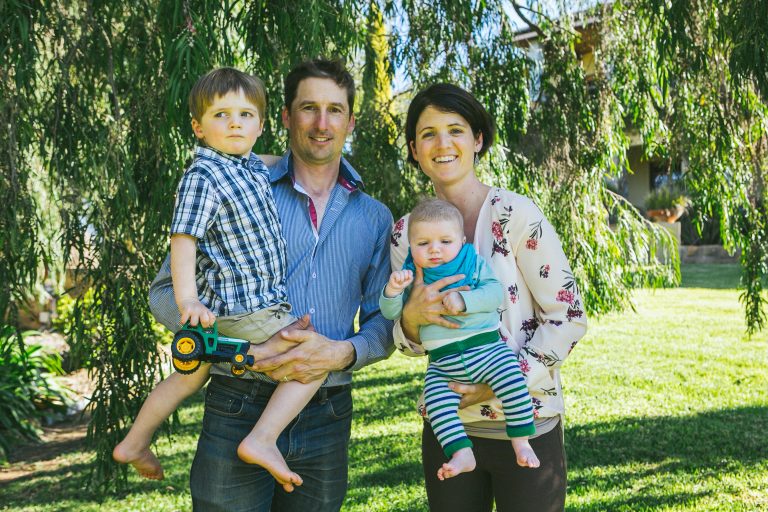
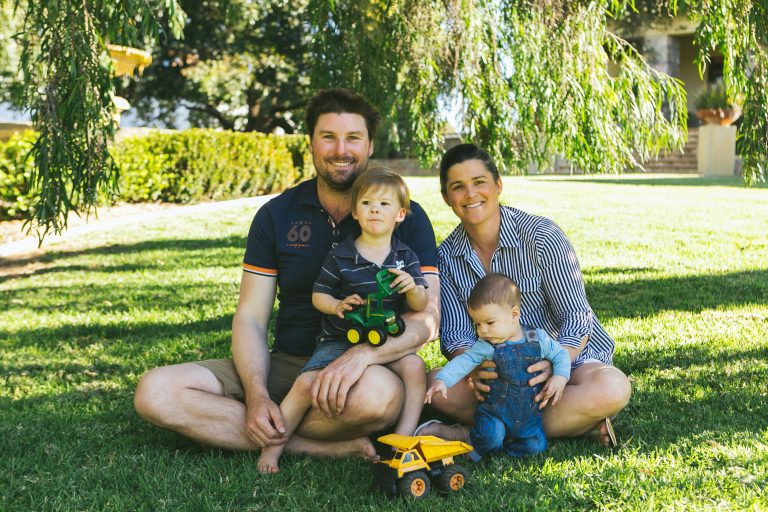
Farm History
Over 70 years ago Aubrey Fowler and his younger brother Tom started farming Congeling Park, north of Williams on the York-William Rd. Together they were progressively bringing the land into sheep and cropping production and expanding their holding by purchasing more land when the opportunity arose. The Fowler family had moved from Donnybrook due to the grain growing potential of the wheatbelt region and there were many incentives by the government to ready the land for agricultural production.
When Aubrey married and started to have a family he and Tom separated the farm and Aubrey took the Western block, which is now called Rapanui.
Aubrey and his son Jamie expanded their operation buying blocks toward Crossman and over the Albany Hwy. Today Jamie’s son’s William and Noel are running their own operations alongside each other and they continue to produce grain and sheep and care take the land for future generations. Noel, along with his wife Sandra, continues to run the Eastern block, known as Rapanui.
What’s in the name?
Well the story goes that there were two brothers in the area called the Wilkie brothers who helped build the railway line from Narrogin to Pinjarra. As payment to build this line the government gave the Wilkie brothers a sizeable land package. The Wilkie brothers named the farm after a race course in New Zealand where they had punted on the winning horse… or maybe a few? But how did the racecourse get its name? Well in the middle of the Pacific Ocean, are the Easter Islands, but the Polynesian locals call their homeland Rapa Nui. Perhaps an enthusiastic New Zealander racecourse developer went there one day and was inspired by the local bareback racing.
There have been many exciting projects and developments over the decades since Aubrey first purchased the land. Some of these include;
- Playing a big part in developing the clover industry for sheep and wool production in Western Australia. This included designing a clover harvester so that the seed burs could be collected and bulked up for reseeding and establishing clover in other areas.
- Negotiating the release of the first bulldozer for Agricultural use in Western Australia.
- The building of Williams Seed Cleaners to clean grain for seed (replanting) and livestock feed industries.
- Participation in the Greening Challenge in the late 90’s/early 2000’s where 10,000’s of trees were planted every year.
- Expansion of property toward Crossman and Williams
- Development of sheep wool genetics selecting for plainer, easier care sheep with fine stylish wools and a focus on higher weaning weights.
Sustainability
At Rapanui we are constantly looking at ways we can use resources more efficiently and effectively to ensure quality production for present and future generations. Improving outcomes for the beautiful environment we live in is also of great importance and getting the balance right between viable production and minimizing harm to the environment. Here are some of the sustainability practices we have implemented.
Water Management
Water across the landscape is caught as much as possible by contour banks and dams. This stops erosion and excess water gathering in valleys adding to salt degradation. Storing water also enables livestock production and provides for the local wildlife through the long dry summers period.

Soil Management
We use minimum tillage practices to promote maximum soil microbial activity in the root zone. Stubble retention also promotes ground cover and moisture retention in the soil.

Fencing
Sensitive areas in the landscape, such as salt prone areas; exposed ridges which shed a lot of water; valley floors; and areas prone to erosion, are fenced off to eliminate disturbance from machinery and livestock. Many of these areas return to native bushland over time.

Shelter belts
Shelter belts are areas which are planted with native shrubs and trees and they are fenced off from domestic animals. As we live alongside Dryandra National Park it is important to promote the movement of native wildlife between bush blocks in the area and ensure genetic diversity within and across various native species.
Australian sustainability certification
As community and consumer expectations are changing it has been in our best interest to improve our farming practices to meet these demands. Over the years we have participated in numerous sustainability certification programs adopting best industry practice across all facets of farming. We are always aiming to produce quality food and wool and improve our natural asset on farm.
